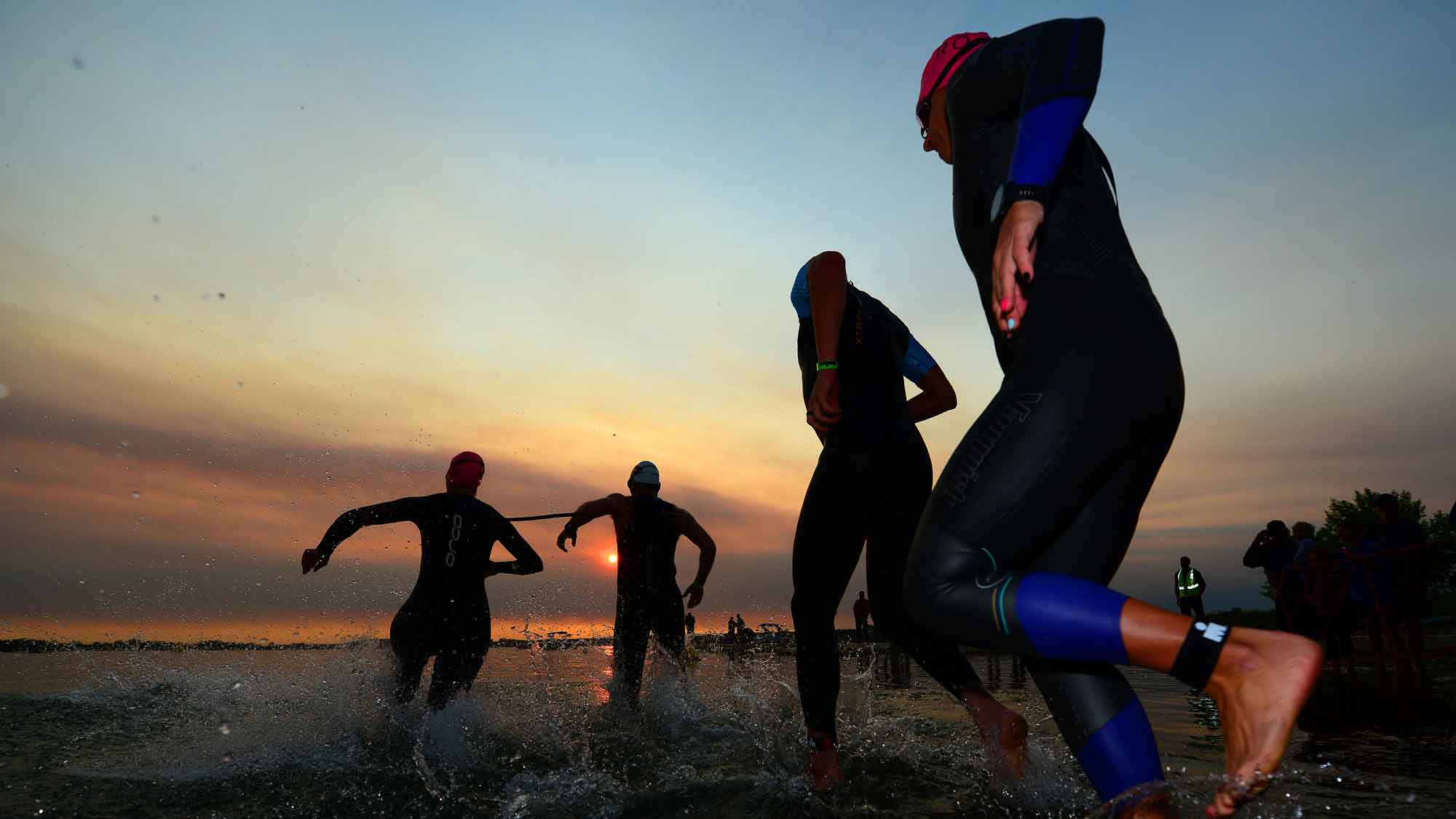Set the Right Goals for Your Next Triathlon Season

It’s a new year and you’ve got big new plans—just, hopefully, not too big.
A huge percentage of New Year’s resolutions fail in the first month, says Bob Weinberg, a professor of sports behavior and performance at Miami University of Ohio. According to one study, a third of resolutions don’t last past Jan. 31, and less than half of resolution-makers are still pursuing their goals six months later. That failure is largely because people don’t know how to set appropriate goals or resolutions, Weinberg says. Instead, their goals are often too big or too small, too vague or not flexible enough.
“Goal setting is a phenomenal tool, but it can be weaponized against itself,” says sports psychologist Jim Taylor, author of The Triathlete’s Guide to Mental Training.
When goals are too big—e.g., “I’m going to run a sub-3:00 marathon even though my current PR is 3:45″—then athletes risk overdoing it and hurting themselves right at the beginning, which ultimately leads to defeat, or they become discouraged after missing milestones along the way and then quit. Being overly ambitious can actually backfire.
But goals that are too easy aren’t good either, because they’re not motivating, and you have nowhere to go once you achieve them. After all, the whole point of setting goals is to keep progressing and pushing yourself. “Goals are a starting place, not an ending place,” Weinberg says.
So how do you know what’s a good goal?
“It should be challenging, but attainable,” Taylor says. Get feedback from coaches and training partners, and adhere to the “S.M.A.R.T.” principles of goal-setting: Specific, Measurable, Actionable, Relevant, and Time-bound. Weinberg also adds an “S” at the end for Self-determined.
Even if you set perfect goals, one of the most important parts of the process is regularly re-evaluating them, Weinberg says. How is your training going? Should you adjust your goals, harder or easier? If smaller steps along the way are putting you on the path to success, that’s when you can maybe push toward the big crazy audacious goal.
Best Practices
Try these tips for setting attainable goals:
What Can You Control
If all you have is a time goal and then the weather turns terrible, you can’t control that. If your only goal is to beat a specific rival, it might not work out because you can’t control how they do. That’s why you should have a range of goals and be flexible.
Set process goals along the way.
A big goal, like making the Olympics in four years, is often far down the road. You need smaller goals along the way to hit in the short term and to keep you motivated and focused. You also need goals for the process or inputs, not just the outputs, e.g., “I will swim six days/week and hit ‘x’ paces in test sets, with the goal of swimming under an hour at my Ironman.”
Be specific.
This is one of the most common mistakes Weinberg sees: People get too scattered and try to focus on too many things (and then succeed at none). Taylor also likes to tell athletes he works with not to have a time goal for their first race at a given distance. You can always change a goal to make it harder later, but it’s harder to make it easier.